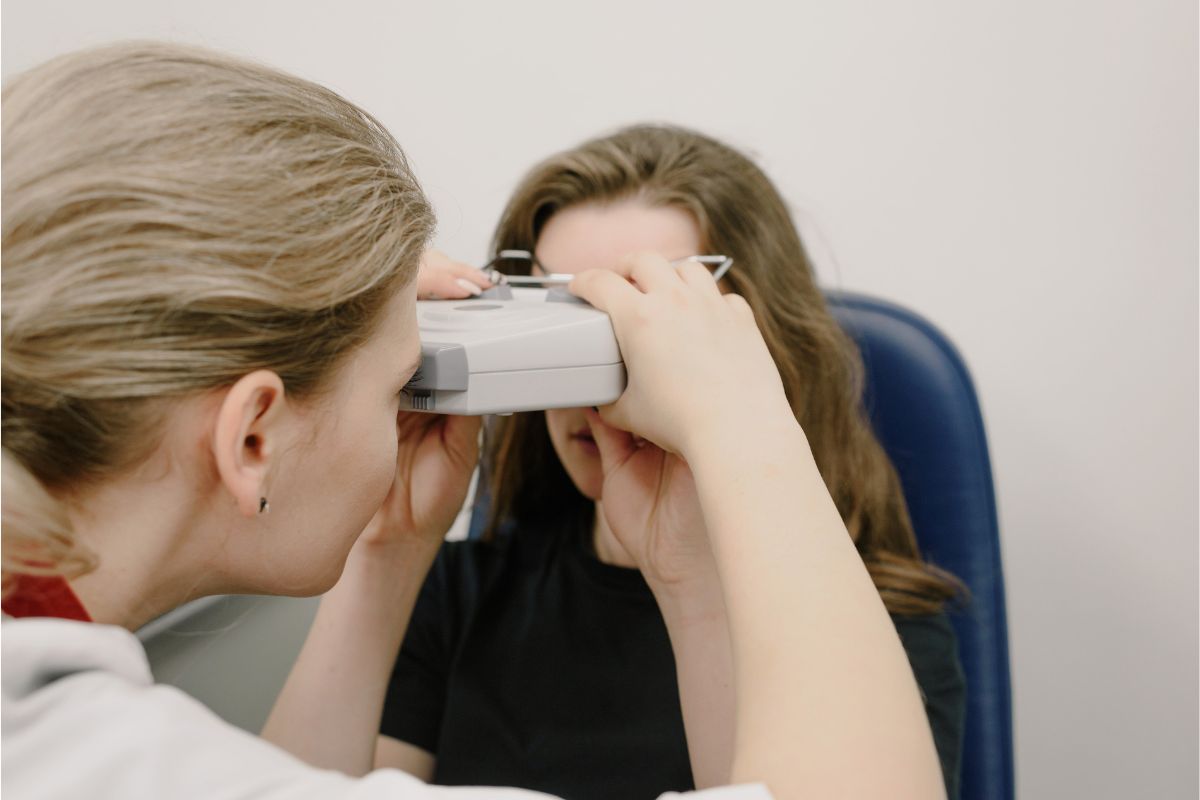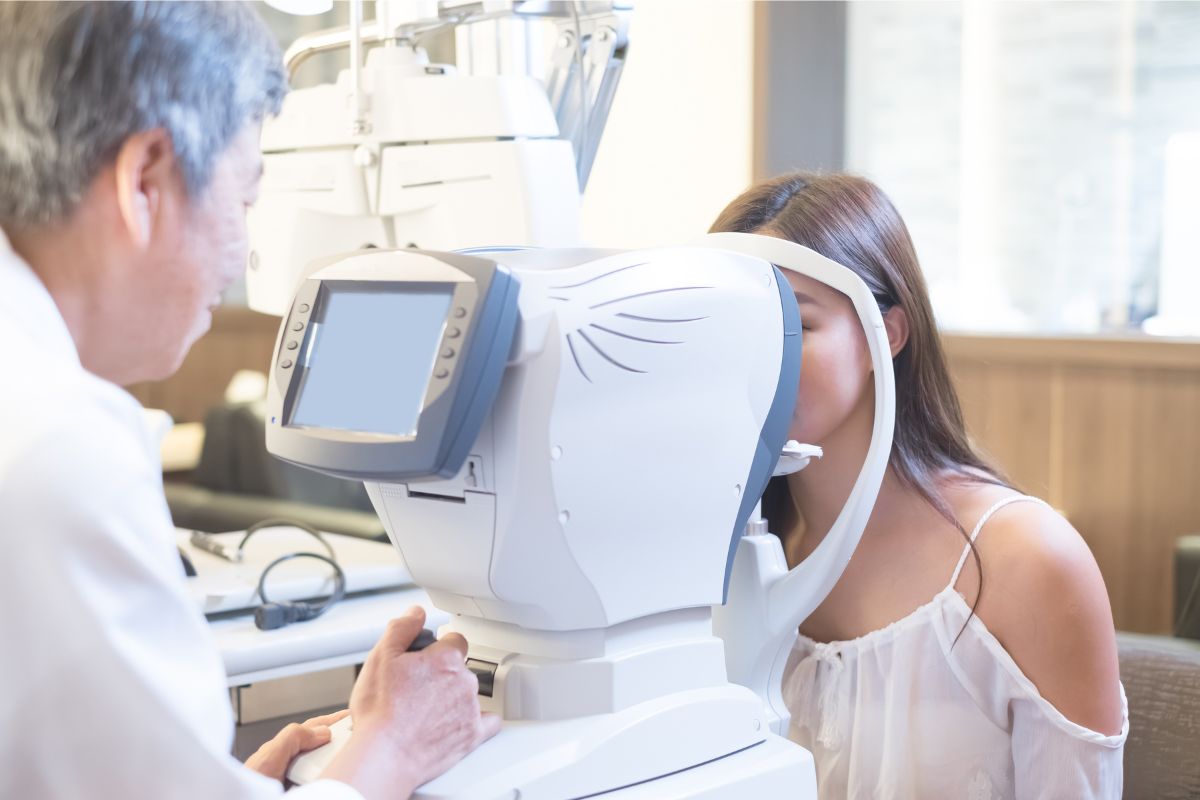
Creating a patient-centric culture is more than just a trend in the healthcare industry; it’s an essential component of providing high-quality care. In eye care practices, establishing a culture that prioritizes the client experience can set a business apart and foster long-term patient relationships. For instance, a leading Optometrist in Watauga TX has exemplified the importance of focusing on the needs and expectations of patients. Understanding how to shape such a culture requires a multifaceted approach, combining personalized service, communication, and trust. This article will explore the key strategies that eye care practices can implement to create a patient-centric culture that not only benefits the patients but also drives business growth.
Before an eye care practice can build a patient-centric culture, it must first understand what patients expect from their care experience. This goes beyond the technical aspects of eye exams or treatments. Patients want to feel heard, valued, and respected. One of the best ways to achieve this is through personalized consultations where optometrists take the time to listen to patient concerns, explain treatment options in detail, and provide customized care plans. Eye care practices can also utilize patient feedback to continuously refine their services, ensuring that each visit meets or exceeds expectations.
Clear and open communication is a critical factor in fostering a patient-centric environment. This involves not only explaining the details of diagnoses and treatments but also being transparent about costs, wait times, and follow-up care. Patients should feel that they are part of the decision-making process and that their input matters. Establishing open lines of communication—whether through face-to-face discussions, phone calls, or even patient portals—helps build trust and reassures patients that their well-being is the top priority.
Another essential aspect of building a patient-centric culture is the creation of a comfortable, welcoming environment. Eye care visits can sometimes be anxiety-inducing, especially for new patients or those who have complex eye health issues. A calm and inviting atmosphere helps ease patient stress and sets the tone for a positive experience. This can be achieved through warm interior design, friendly staff interactions, and thoughtful amenities such as comfortable waiting areas, free Wi-Fi, or beverages. Practices that go the extra mile in making their patients feel at home are more likely to foster loyalty and long-term relationships.
In today’s fast-paced world, technology plays a significant role in improving the patient experience. Eye care practices can leverage cutting-edge tools and systems to enhance service efficiency and accuracy. From advanced diagnostic equipment that ensures more precise results to digital scheduling systems that minimize wait times, integrating technology can streamline operations and make visits more convenient for patients. Patient portals that allow for easy access to health records, prescription refills, and appointment bookings also contribute to a smoother and more satisfying experience.
No patient-centric culture can thrive without a well-trained and empathetic staff. Optometry professionals, including receptionists, technicians, and optometrists, should all be trained to prioritize patient care and demonstrate empathy in every interaction. Empathy is a powerful tool in healthcare, and it plays a crucial role in making patients feel understood and cared for. Ongoing staff development programs that emphasize the importance of patient-centered care can significantly enhance the quality of interactions between patients and healthcare providers, leading to better overall experiences.
Consistency is key when it comes to maintaining a patient-centric culture. Patients should know what to expect during every visit, from the quality of the eye exam to the level of service provided by the staff. Practices can achieve this by standardizing procedures and continuously monitoring performance metrics to ensure a consistent level of care. Regular staff meetings and patient feedback sessions can help identify areas for improvement and ensure that the practice remains focused on delivering the best possible patient experience.
A patient-centric culture encourages long-term relationships between the practice and its patients. By focusing on personalized care, effective communication, and comfort, eye care practices can foster a sense of loyalty and trust. Patients who feel valued are more likely to return for regular check-ups and refer their friends and family to the practice. Moreover, long-term relationships allow optometrists to provide more comprehensive care over time, ensuring that any changes in vision or eye health are detected early and treated appropriately.
Creating a patient-centric culture in an eye care practice is an ongoing process that requires commitment from the entire team. By understanding patient needs, improving communication, fostering comfort, leveraging technology, and focusing on staff training, eye care practices can build a reputation for exceptional service. This not only benefits patients but also drives business growth through referrals and repeat visits. A featured example of this commitment is demonstrated by HD Eyecare, where the focus on patient experience has been central to its success.






